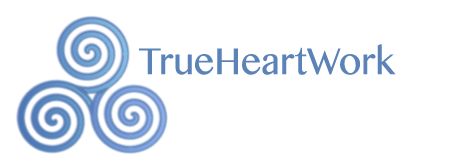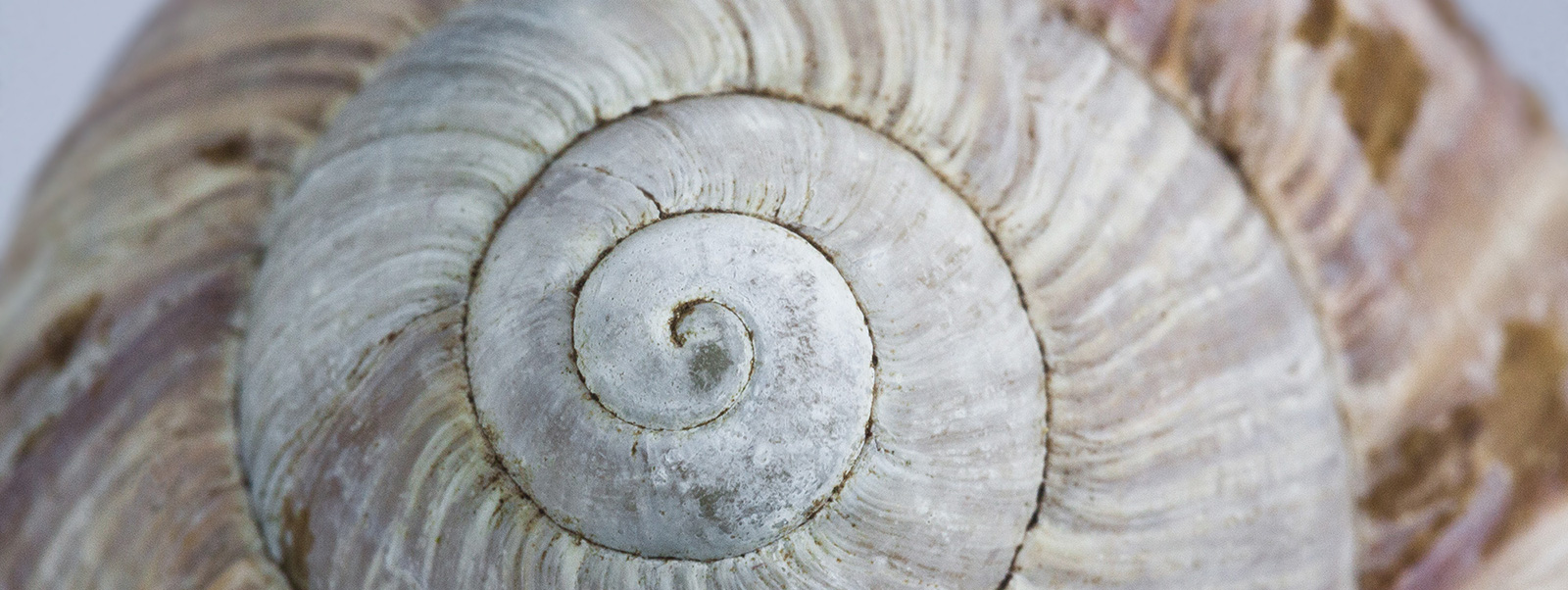Astrology 101, Part 1: Introduction
You may have wondered after an astrological reading what’s behind the astrologer’s words. Or maybe you just want to learn the basics of astrology. That’s what this series aims to help you with. Each article will cover some area of astrology – just enough to give you a feeling what it’s all about, and sometimes pointing to further details on our website. So, let’s begin…
What is Astrology, anyway?
Simply put, astrology is a method of divination based on what’s occurring in the sky at a particular place and time. While divination is often thought of as another word for “predicting the future” or “fortune-telling”, these thoughts are really only a small part of it. More correctly, divination means entering into a sacred space to conduct a conversation with the divine. That conversation can have many aspects: gaining a different perspective on a situation, foreseeing potential outcomes and negotiating a new approach to a current position are all part of a divination.
Some diviners, of course, whether using astrology, Tarot, the I-Ching or other methods, do focus entirely the aspect of foreseeing the future, but this can be quite dangerous, since it can imply that a future outcome is already determined and that free will does not exist. Here at Velanova, we take the broader view: fate and free will combine to define our future, and the moment of divination that happens in an astrological reading is an opportunity both to understand the present and to negotiate the future.
Most methods of divination, from reading tealeaves to judging a horoscope, use some form of physical object to represent the divine side of the conversation; the role of the diviner is then to interpret and mediate between the divine and the human. The physical representation used by an astrologer is nothing less than the entire sky that overarches a particular time and place. This representation is unique not only in its magnificence, but also in its high predictability over time.
It’s this aspect of time that makes astrology so different to most other forms of divination. A Tarot spread, for example, can show time at a high level – e.g. past, present and future – but it’s only with astrology that one can look at precise moments of time in the past or the future and compare them with the present time. This allows astrology to explore the evolution of a situation better than any other form of divination.
But, really, what is Astrology?
That’s all very well, I hear you say, but come down from the clouds of divination and tell me what astrology really is! How do you “do” it?
The bottom line is that for every place and time that you can imagine, there exists a unique sky above it. In the very early days of astrology, some 4,000 years ago in Babylon, astrologers simply went out and looked up at the sky to divine its meaning. Today, we use a map of the sky (usually computer-generated) called a horoscope as the basis of any reading.
Like any map, the horoscope uses a set of coded symbols to represent the key features of the sky as seen at that time and place. This horoscope is associated with any and every event that occurs there and then – a meeting, a car crash, a birth or a death, a football game or a medical operation – we can look at whatever occurs at that moment and place through the horoscope. A horoscope associated with a beginning (often called a birth or natal chart) is assigned special importance in astrology because it can stand for what was born throughout its life. Throughout this series, we will deal exclusively with the natal charts of people, but it’s interesting to note that anything that was “born” at the same place and time as a person has the same chart, whether it’s a dog, a car or a company, and the chart must be interpreted differently depending on what birth you are looking at. (Note that the word “horoscope” is misused in newspapers and magazines – your horoscope doesn’t change from day to day or month to month; like a pet, it’s for life!)
The other misconception we had better clear up now is this: most modern astrology is not about the stars! So phrases like “star signs” and “what the stars say” are also misleading. Astrology is largely about what moves against the background of the stars, namely the Sun, Moon and planets, as well as the horizon, and uses the stars as a way of tracking that movement. It’s this information and more that’s recorded in a horoscope.
The Structure of the Horoscope
Now, let’s get down to some more detailed stuff – what does a horoscope look like and what are its parts. There are many styles for drawing horoscopes, but here I’m using a style that helps you see all the key parts.
 In the accompanying picture, the first thing to notice (after the picture of Marilyn Monroe, whose chart this is) is the circle of the Zodiac around the outside. The signs of the Zodiac divide the great circle (360 degrees) of the sky into 12 equal parts of 30 degrees each. These signs are related to constellations of stars such as Aries, Taurus, Gemini and so on. However, their actual positions in the sky do not align in most systems of astrology today, the reason for which is beyond the scope of this primer.
In the accompanying picture, the first thing to notice (after the picture of Marilyn Monroe, whose chart this is) is the circle of the Zodiac around the outside. The signs of the Zodiac divide the great circle (360 degrees) of the sky into 12 equal parts of 30 degrees each. These signs are related to constellations of stars such as Aries, Taurus, Gemini and so on. However, their actual positions in the sky do not align in most systems of astrology today, the reason for which is beyond the scope of this primer.
Inside this circle, a set of symbols represent the Sun, Moon and planets. For ease of use, we will refer simply to “planets” as including the Sun and Moon, but we do actually understand they are different! You can see that each planet is found in a sign of the Zodiac. For example, the Sun (the yellow circle with a dot at the centre) is in Gemini in this chart. Thus, Marilyn’s Sun sign is Gemini. However, she also has a Moon (the grey crescent) sign of Aquarius, a Mercury (the orange symbol or glyph beside the Sun) sign of Gemini again, a Venus (the pink female symbol) sign of Aries, a Mars (the red male symbol) sign of Pisces, and so on. Each of these planet-sign combinations reveals a little bit about her character, which we’ll see as we go on in the series. But, for now, to whet your appetite, here’s how the above four placements are interpreted in a very simple way:
- Sun and Mercury in Gemini: Talkative, humorous, inquisitive
- Moon in Aquarius: Somewhat cut off from her emotions
- Venus in Aries: Flirtatious, sought relationships with powerful men
- Mars in Pisces: Difficulty in asking for what she wanted
Up Next: More on the structure of the horoscope.



No Comments